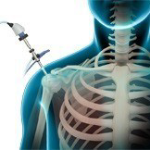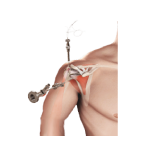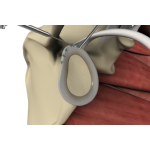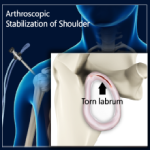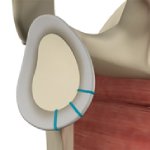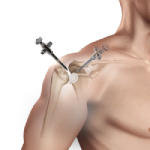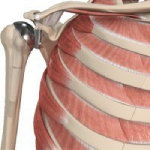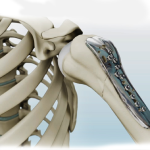Procedures
Shoulder Arthroscopy
Arthroscopy is a minimally invasive diagnostic and surgical procedure performed for joint problems. Shoulder arthroscopy is performed using a pencil-sized instrument called an arthroscope. The arthroscope consists of a light system and camera to project images onto a computer screen for your surgeon to view the surgical site.
Arthroscopic Rotator Cuff Repair
Surgery to repair the rotator cuff has traditionally been done through a large shoulder incision, about 6-10cm long, and the muscle over the rotator cuff was separated. Newer, advanced surgical techniques have been developed to minimize pain and recovery time.
SLAP Repair
A SLAP repair is indicated to treat the torn labrum of the shoulder socket when conservative treatment measures such as NSAID’s (non-steroidal anti-inflammatory medications) and physical therapy do not relieve the symptoms of a SLAP tear.
Shoulder Stabilization
Shoulder stabilization surgery is done to improve stability and function to the shoulder joint and prevent recurrent dislocations. It can be performed arthroscopically using smaller incision depending on your condition. Arthroscopic stabilization is a surgical procedure to treat chronic instability of the shoulder joint.
Shoulder Labrum Reconstruction
The shoulder joint is a ball and socket joint. A 'ball' at the top of the upper arm bone (the humerus) fits neatly into a 'socket', called the glenoid, which is part of the shoulder blade (scapula). The labrum is a ring of fibrous cartilage surrounding the glenoid, which helps in stabilizing the shoulder joint.
Shoulder Reconstruction Surgery
Shoulder reconstruction is a surgical procedure performed in patients with shoulder instability to improve stability, restore function and prevent recurrent dislocations of the shoulder joint.
Shoulder Joint Replacement
Total shoulder replacement surgery is performed to relieve these symptoms. In this surgery, the damaged articulating parts of the shoulder joint are removed and replaced with artificial prostheses. Replacement of both the humeral head and the socket is called a total shoulder replacement.
Reverse Shoulder Replacement
Reverse total shoulder replacement is an advanced surgical technique specifically designed for rotator cuff tear arthropathy, a condition where the patient suffers from both shoulder arthritis and a rotator cuff tear.
Shoulder Fracture Care
The shoulder is the most flexible joint in the body, enabling a wide range of movements. It is a ball-and-socket joint made up of three bones, namely the humerus, scapula and clavicle. The head of the humerus (upper arm bone) articulates with the socket of the scapula (shoulder blade) called the glenoid cavity.







